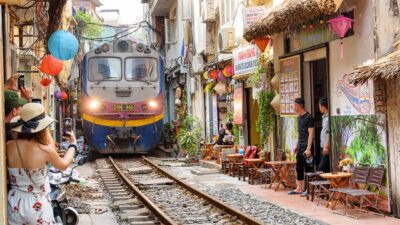Looking for an authentic way to explore Vietnam beyond hotels and tourist hotspots? Rent homestay in Vietnam and immerse yourself in local life, culture, and cuisine. Whether you’re trekking through the mountains of Sapa, cycling in the lantern-lit streets of Hoi An, or drifting along the Mekong Delta, staying with a local family offers meaningful connections and unforgettable experiences. From budget-friendly rooms to stylish eco-lodges, Vietnam’s homestays bring you closer to the heart of the country—one meal, one story, and one smile at a time.
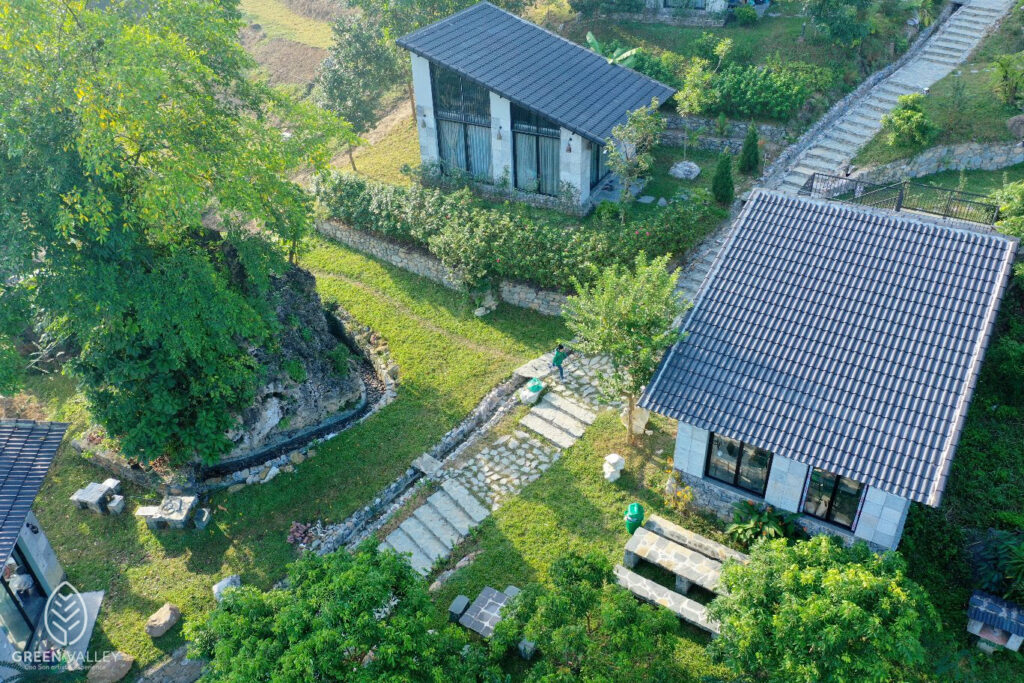
Why More Tourists Choose to Rent Homestay in Vietnam
Vietnam is a land of contrasts—modern cities next to ancient temples, bustling street life alongside tranquil rice fields. But the most enriching part of Vietnam is not just what you see—it’s what you live. That’s why more travelers today are choosing to rent homestay in Vietnam, rather than stay in traditional hotels or resorts.
Homestay Vietnam offer far more than a place to sleep—they offer immersion. Whether you’re dining with a host family in Hanoi, learning to make lanterns in Hoi An, or waking up to misty mountain views in Sapa, homestays bring you face-to-face with the real Vietnam: its people, its culture, and its everyday rhythm.
In this extensive guide, we’ll help you understand:
- Why homestays are ideal for travelers seeking authenticity
- The best regions to rent a homestay in Vietnam
- Types of homestays you can choose from
- Tips for booking the perfect homestay experience
- How this form of travel supports sustainable tourism
Let’s dive into why renting a homestay in Vietnam could be the most meaningful decision of your trip.
1. What Makes Homestays in Vietnam Special?
Unlike standard hotels or hostels, a homestay Vietnam places you in the home of a local family or host. The experience is highly personalized and often includes:
- Shared meals with the family
- Insights into local customs and traditions
- Participation in daily routines, farming, or community events
- Access to non-touristy attractions
Homestays in Vietnam vary widely—from bamboo huts in mountain villages to artist-designed bungalows in the city. Some offer basic rural accommodations while others rival boutique hotels in design.
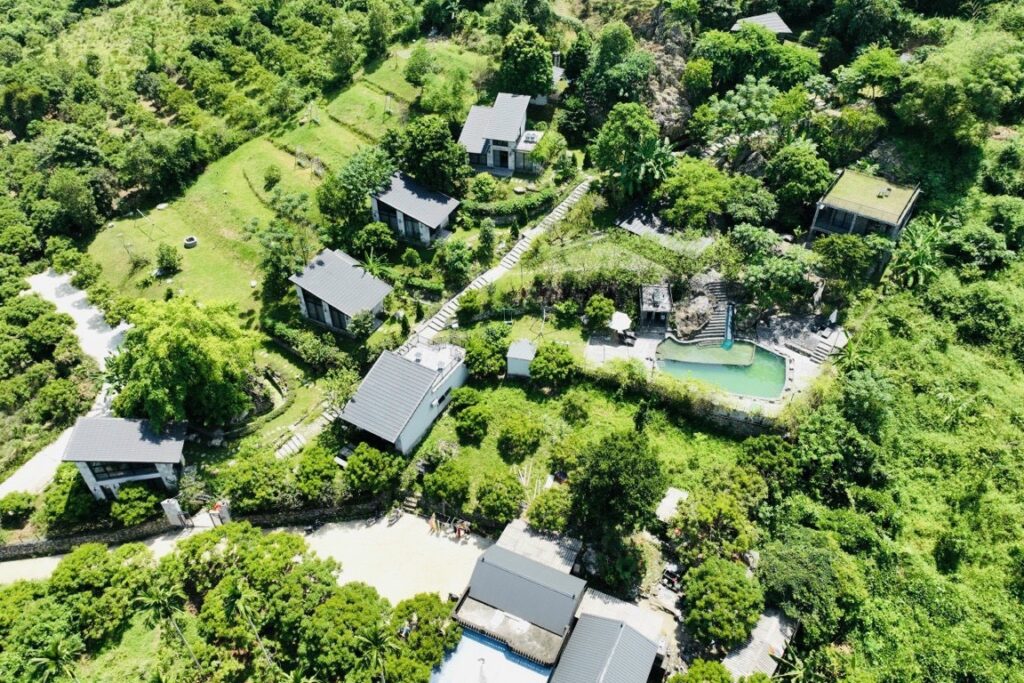
Homestay vs. Hotel: A Quick Comparison
| Feature | Homestay | Hotel/Resort |
| Interaction | High—daily with locals | Low—staff only |
| Cultural Exposure | Strong—live like a local | Limited |
| Cost | Lower on average | Higher |
| Meals | Home-cooked, often shared | Menu-based dining |
| Location Options | Urban, rural, coastal, mountainous | Mostly urban or resort areas |
2. Why Rent Homestay in Vietnam as a Foreign Traveler?
2.1. Deeper Cultural Understanding
When you rent a homestay in Vietnam, you’re not just seeing the country—you’re becoming a part of it. You’ll learn:
- How to cook authentic dishes like pho or bun cha
- What family life looks like in Vietnam
- Customs around hospitality, ancestor worship, and celebrations
2.2. Affordability for Budget Travelers
A night at a quality homestay Vietnam can cost between $10–$40 USD, depending on location and amenities. Some include:
- Daily breakfast
- Local tours
- Bicycle or motorbike rental
2.3. Unique and Varied Accommodations
Each homestay Vietnam is different. Some are minimalist bamboo huts. Others are renovated colonial homes. Whether you want to be in the jungle, the highlands, or the city center—you’ll find a homestay that fits your style.
2.4. Personalized Local Tips
Hosts are the best travel guides. They’ll point you to authentic eateries, hidden attractions, and ways to avoid tourist traps—insights you won’t find on Google.
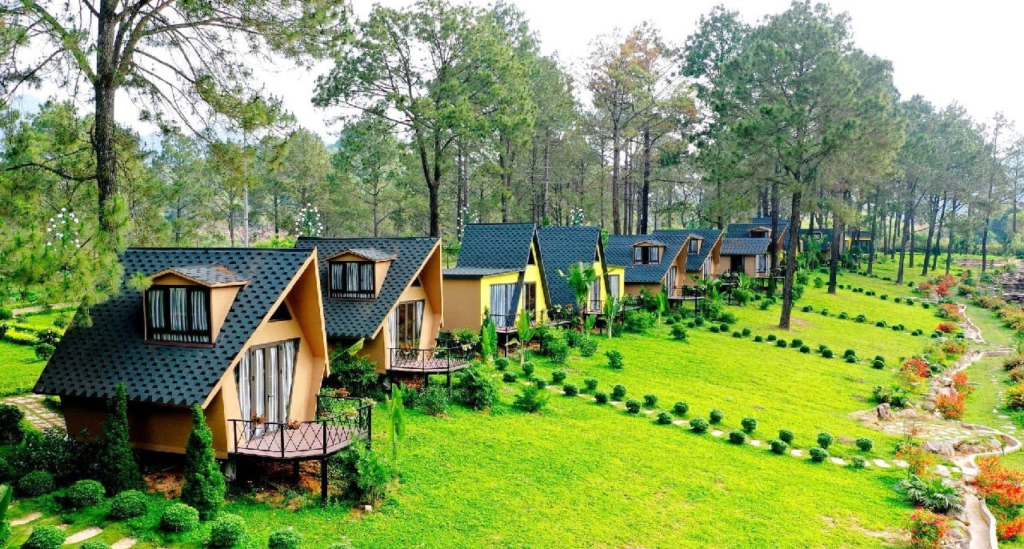
3. Best Places to Rent Homestay in Vietnam
3.1. Hanoi and Northern Vietnam
Why choose this area?
Hanoi’s cultural richness, combined with the hill-tribe diversity of northern provinces like Sapa, Ha Giang, and Mai Chau, makes the North ideal for cultural immersion.
Experiences to expect:
- Walking through ancient alleyways in Hanoi’s Old Quarter
- Staying in a stilt house with a White Thai family in Mai Chau
- Trekking to H’mong villages in Sapa
Top homestays:
- Phơri’s House (Sapa)
- Mai Chau Ecolodge (Mai Chau)
- Hidden Hanoi Homestay (Hanoi)
3.2. Central Vietnam: Hue, Hoi An, Da Nang
Why rent homestay here?
Central Vietnam is rich in history, imperial heritage, and artisanal crafts. Hoi An, a UNESCO World Heritage site, is a favorite among travelers seeking charm and quiet.
Experiences to expect:
- Learning to make lanterns in Hoi An
- Cooking royal dishes in Hue
- Cycling through herb gardens and local farms
Recommended homestays:
- An Bang Garden Homestay Vietnam (Hoi An)
- Hue Garden Homestay Villa (Hue)
3.3. Southern Vietnam: Ho Chi Minh City and the Mekong Delta
Why here?
Southern Vietnam offers vibrant city life as well as rustic river culture. The Mekong Delta is particularly famous for its floating markets, tropical fruits, and friendly locals.
Experiences to expect:
- Exploring the Cai Rang floating market at sunrise
- Cooking coconut candy in Ben Tre
- Staying on a fruit farm in Vinh Long
Top homestays:
- Mekong Rustic Homestay (Can Tho)
- The Hut Boutique (Ho Chi Minh City)
3.4. Off-the-Beaten-Path Areas
- Ha Giang: Spectacular mountain passes and rich ethnic diversity.
- Kon Tum & Pleiku (Central Highlands): Gong music culture, longhouses, coffee plantations.
- Quy Nhon & Phu Yen: Coastal serenity, underdeveloped tourism, seafood heaven.

4. Types of Homestays You Can Rent in Vietnam
| Homestay Type | Ideal For | Features |
| Traditional Homestay | Cultural explorers | Live-in family experience |
| Eco-Homestay | Sustainable travelers | Built from natural/local materials |
| Boutique Homestay | Couples, creatives | Design-forward, artsy vibes |
| Farmstay | Nature lovers | Work on farms, organic meals |
| High-End Homestay | Families, luxury on a budget | Private bathrooms, tours, services |
5. How to Rent Homestay in Vietnam: Booking Platforms and Tips
Top Platforms:
- Airbnb: Wide selection with clear reviews.
- Booking.com: Easy-to-filter options, good support.
- Agoda: Strong in Asian markets with discounts.
- Local providers: Vietnambooking, Luxstay, Chudu24.
What to Look For:
- Reviews: Prioritize hosts with consistent, high ratings.
- Photos: Look for recent and real photos.
- Location: Use Google Maps to avoid remote/isolated spots unless desired.
- Extras: Some listings include cooking classes, tours, or free bike rental.
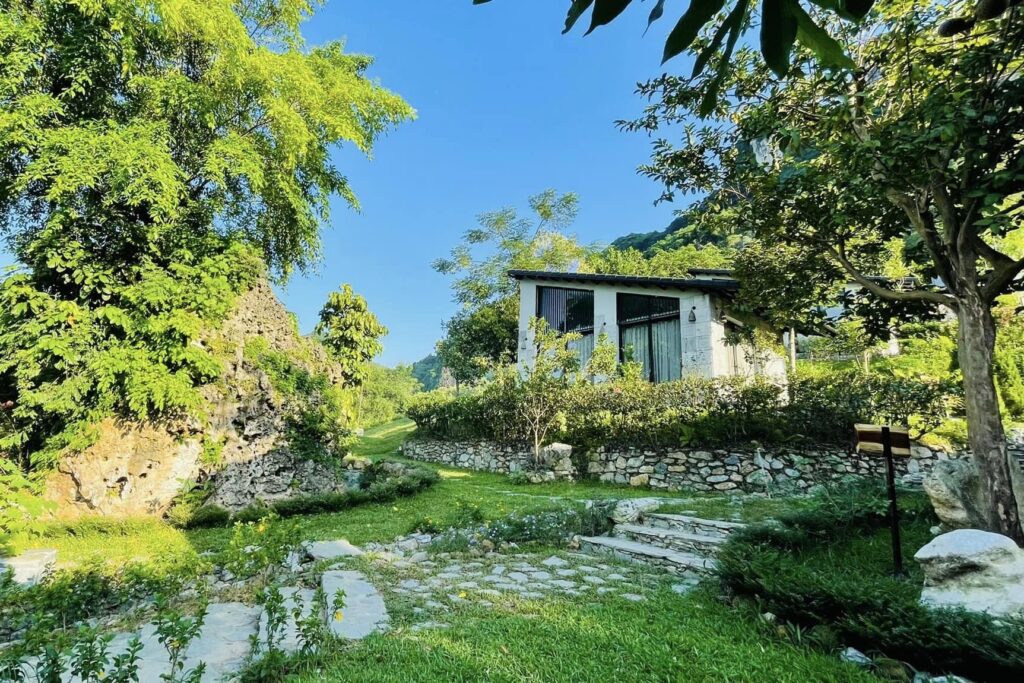
6. What to Expect from a Vietnamese Homestay
6.1. Food
- Breakfast often included; dinner can be requested.
- Many homestays offer shared meals—don’t miss out!
- Be ready to try local delicacies: duck embryo (balut), fermented shrimp paste, etc.
6.2. Interaction
- Hosts are often very hospitable and curious about guests.
- Expect questions about your country or family—it’s a sign of interest, not intrusion.
6.3. Language
- Basic English is usually spoken in touristy areas.
- Use Google Translate or learn simple Vietnamese phrases like:
- “Xin chào” = Hello
- “Cảm ơn” = Thank you
- “Tôi tên là…” = My name is…
7. Tips for a Respectful and Enjoyable Homestay Experience
- Be punctual: Meals are often served family-style and on time.
- Dress modestly: Especially in rural or religious communities.
- Participate: Don’t be shy—ask to join in cooking or daily tasks.
- Give back: Bring a small gift from your country or write a review to help their business.
8. Challenges to Be Aware Of
- Comfort level: Rural homestays may lack air conditioning or private bathrooms.
- Noise: Roosters crow early, and families start their day at sunrise.
- Weather: Some regions may have mosquitos or heavy seasonal rains—plan accordingly.
9. The Role of Homestays in Sustainable Tourism
Choosing to rent homestay in Vietnam also means:
- Reducing the carbon footprint associated with hotels
- Supporting decentralized tourism and preventing overcrowding in big cities
- Empowering rural families through tourism income
- Encouraging preservation of traditions and language
By traveling this way, you become part of Vietnam’s story—not just an observer.
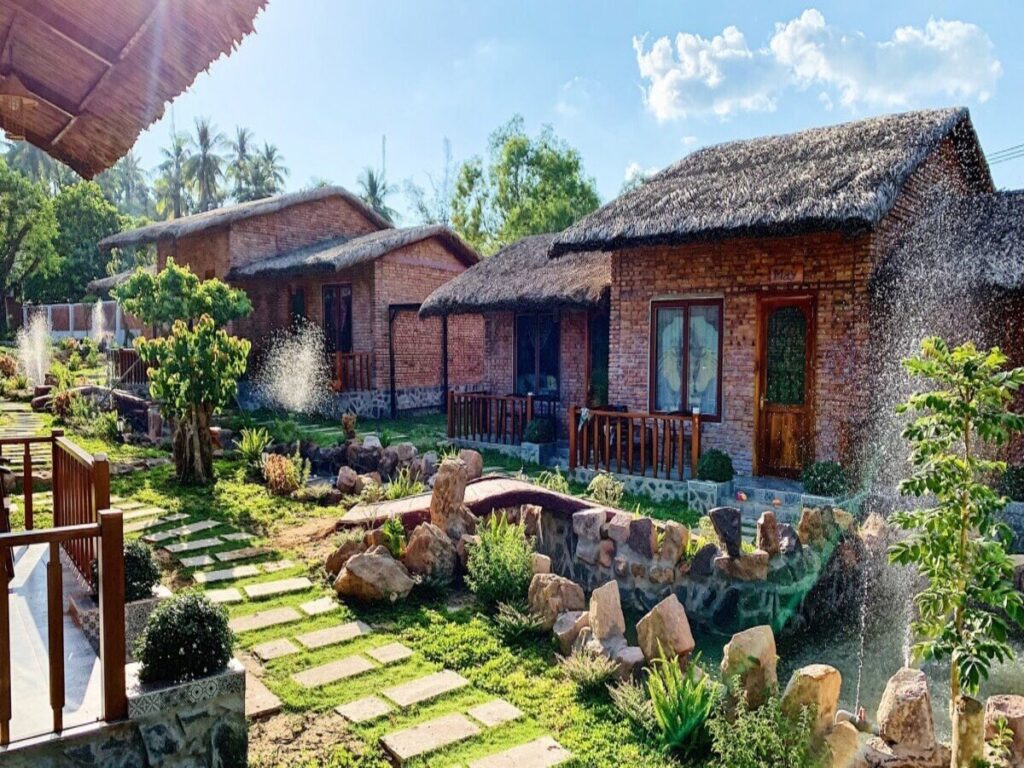
Conclusion: Rent Homestay in Vietnam for a Journey of Meaning
To rent homestay in Vietnam is to trade luxury for connection, comfort for culture, and itinerary for intuition. It’s a choice that brings you closer to people, stories, and lives you might otherwise pass by.
Whether you’re sipping tea in Hanoi’s Old Quarter, harvesting rice with H’mong farmers, or floating along a Mekong canal, Vietnam’s homestays remind us that the best travel memories aren’t bought—they’re shared.
So next time you think about where to stay in Vietnam, go beyond the booking sites. Choose a place with soul. Choose to live like a local. Choose to rent a homestay in Vietnam.
Contact VietnamTour now to find the most suitable homestay for you.
See more post: Vietnam Traditional Crafts: Discover the Living Heritage of a Timeless Culture



